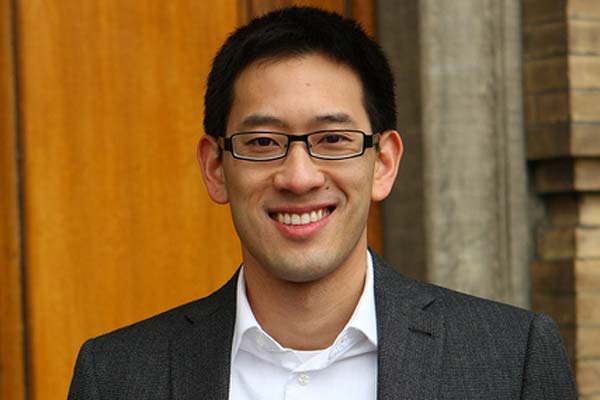
Sports analytics: what baseball can learn from auto manufacturing
Published: March 13, 2013
What can sports teams learn from the manufacturing industry? Plenty, according to University of Toronto professor Timothy Chan and Douglas Fearing, an assistant professor with the Harvard Business School.
Chan and Fearing took first place in the 2013 MIT Sloan Sports Analytics Conference research paper competition for their paper, The value of flexibility in baseball roster construction.
Former graduate students of MIT’s Operations Research program, Chan and Fearing were inspired by the research of Professor Stephen Graves, Abraham J. Siegel Professor of Management at MIT Sloan. Graves studied how flexibility in automotive manufacturing networks helps companies continue to operate efficiently even when changes occur in supply and demand. Similarly, a baseball team wants to keep winning games if players are injured.
Using statistics from the 2012 season, Chan and Fearing found that positional flexibility – the ability of a player to play multiple positions – is valuable, responsible for up to 15 per cent of the team’s runs, as was the case with the Chicago Cubs. Other teams like the Washington Nationals and the Tampa Bay Rays were less robust to injuries.
“Flexibility is important because it provides a team with options and allows a team to field a good line-up even if some players are injured,” said Professor Chan.
Last year, during the 2012 MIT Sloan Sports Analytics Conference, he and David Novati (IndE 1T2) proposed a new methodology for quantifying the value of a hockey player. Chan continues this research with his recent proposal to analyze performance of junior hockey players.
Chan will develop a novel classification system for junior hockey players using advanced mathematical methods, in order to find patterns in performance data that may be otherwise hard to detect. The proposed project represents the first effort to analyze junior hockey players, using similar mathematical models that he developed for the NHL.
“Eventually, we may be able to relate performance at the junior level to the professional level,” said Professor Chan. “Such research may inform strategies for drafting or targeted recruitment of high-potential players.”
Chan is the only U of T Engineer to be awarded funding from Research Program in Applied Sport Sciences (RPASS) of the Ministry of Tourism, Culture and Sport in conjunction with the Canadian Sport Centres: Ontario and the Centre for High Performance Sport at U of T. The goal of the RPASS program is to fund research that will assist the provincial plan for developing excellence in sport.
Since its inception in 2006, the MIT Sloan Sports Analytics is the premier forum for industry professionals (executives and leading researchers) and students to discuss the increasing role of analytics in the global sports industry. MIT Sloan is dedicated to fostering growth and innovation in this arena, and the conference enriches opportunities for learning about the sports business world. The conference is open to anyone interested in sports.
Chan, whose research delves mostly into operations research in health care, is enthusiastic about the growing interest in sports analytics by statisticians, mathematicians, computer scientists and engineers.
“The mathematical tools I develop to solve healthcare engineering problems have broad application in other domains. It is exciting to be able to combine my interest in sports with my methodological research.”



